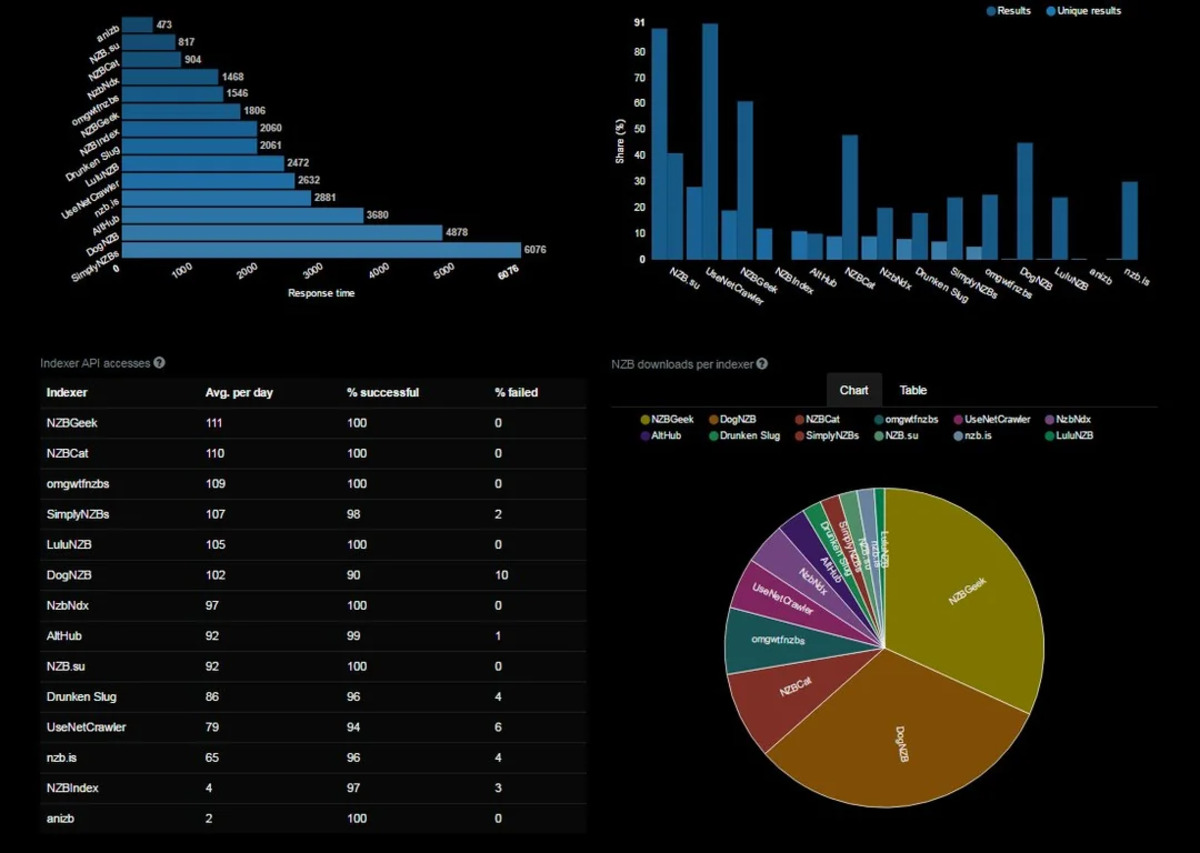XVIF, In today’s world, data accuracy, privacy and integrity are the most important requirements of businesses. That is why companies have started using XML (eXtensible Markup Language) format documents for data exchange. But that is not enough; sometimes these XML documents contain errors that need to be corrected before data can be shared with third parties.
Therefore, companies use XVIF (XML Validation Interoperability Framework) to validate data against rules and standards. This framework is not only capable of detecting errors and warnings but can also fix some of them.
Therefore, in today’s article, we will learn what XVIF is, how it works, its features, components, uses and much more.
What is XVIF?
XVIF (XML Validation Interoperability Framework) is a conceptual framework developed for XML processing systems to ensure the integrity and consistency of XML documents. Provides guidelines, protocols, and tools to validate XML data on different operating systems.
XML Validation Interoperability Framework is mainly used to secure XML-based applications where you define custom validation rules for specific cases. Moreover, it improves team collaboration, speeds up the validation process, and promotes interoperability.
How does XVIF work?
After you create a document, XVIF or XML Validation Interoperability Framework goes through several validation processes. Here we have explained the entire working process of XVIF.
- Document Creation: The entire process starts with creating an XML document for data structuring. This document can contain different types of structured data.
- Validation Preparation: Before actually running the validation process, developers integrate XVIF into the XML application. This step involves configuring XVIF for XML to specify the validation rules and schemas to be applied to XML documents.
- Performing Validation: After the XML document is submitted for validation, XVIF starts performing the validation process after being invoked by the XML application. Then, XVIF parses the XML document according to the specified rules, schemas, and protocols.
- Validation Results: Once the validation is performed, XVIF provides the results to the XML application. These results include errors and warnings found during the validation process.
- Managing Validation Results: Finally, the XML application manages the results of the validation process. This includes taking appropriate actions to achieve results.
XVIF Main Features
Although XVIF provides numerous features, the following are the most notable:
- Fallback Mechanism: XVIF consists of a fallback mechanism that ensures that processors that do not support XVIF can also read the schematics. This feature is useful when the running processor does not recognize XVIF.
- Host Language Integration: XVIF is a versatile tool that integrates with multiple languages. It is designed to integrate host languages such as Relax NG, W3C XML Schema, Schematron, XSLT, and Regular Fragmentation.
- Minimalist Approach: The latest version of XVIF focuses on defining the basic components of the framework, following a minimalist approach.
- Transformation and Validation Microchannels: XVIF presents transformation and validation microchannels that can be applied locally to specific nodes within an XML document. These microchannels are then used for a variety of transformation and validation tasks.
Components of XVIF
The XML Validation Interoperability Framework includes the following key components that work together to provide an effective and efficient validation process for XML documents.
- XML Parser: It is an essential part of XVIF as it is specifically designed to read and validate documents and ensure the formatting of XML documents. This includes checking for syntax errors, XML tags, elements and attributes.
- Schema Validator: It checks XML schemas in XML documents like XSD, DTD etc. This ensures that the document is managed as per the details defined in the schema.
- Interoperability Rules: These are the combination of standards and rules that ensure the effective integration of different systems with XML documents.
- Error Handling Mechanisms: This is a very important component of the XML Validation Interoperability Framework as it generates error and warning reports that are used by both developers and systems. These errors and warnings are later resolved by the developers.
- Compatibility Layers: These are the components of XVIF that are present in only a few frameworks. The role of this component is to bridge the gap between XML Schemas and XML validators. That is, it ensures that legacy XML documents work well with the schemas and validators.
What are the uses of XVIF?
The XVIF is generally used for the following reasons:
- Data Validation: XVIF sets custom validation rules to report errors and warnings during XML data processing.
- Data Security: This framework is used to implement secure coding practices and validate XML documents against pre-determined rules and protocols.
- Data Transformation: It is also used to transform XML data from one format to another.
- Data Integrity: Ensures that XML data from different sources follows the same XML Schema. This is useful in cases where data from different sources is integrated.
Applications of XVIF in Various Fields
Considering the effectiveness of XVIF in data validation, security, transformation and integrity, it is mainly used in the following fields:
- Healthcare: The healthcare sector is vulnerable to cyberattacks, which is why many hospitals use XML (eXtensible Markup Language) to exchange records, medical reports and other health-related data. The XVIF is used to validate these XML documents to ensure high data accuracy and compliance with the privacy regulations of the system.
- E-Commerce: In e-commerce websites, XML is used to share data with search engines as well as suppliers and vendors. XVIF validates this data and ensures formatting, errors and warnings.
- Finance: In financial institutions, XML is used to transmit transaction data, account information and regulatory reports. XVIF validates these documents for further processing, thus ensuring data integrity and privacy.
- Supply Chain Management: Most supply chain management systems use XML documents to exchange useful information and data. In this case, the XVIF system is used to validate XML data with supply chain information.
Benefits of XVIF
Developers, system integrators and organizations benefit from the following advantages:
- Improved interoperability: XVIF reduces the bridges between different data exchange processes that support XML. This framework enables compatibility between different XML formats, thus eliminating the problem of different data sharing.
- Improved data integrity: XVIF’s XML document validation process detects and rejects any corrupted or malformed files, keeping the data integrated and error-free.
- Efficiency in data management: With XVIF, developers do not need to manually check XML validation. A company can routinely check XML code for compliance with standards using the XVIF validation process.
Challenges of using XVIF
Applying the XML Validation Interoperability Framework to enterprises is not an easy task. People may face the following challenges:
- Complex process: Implementing XVIF in your organization is a complex process as it requires special expertise, investment, detailed specifications and precision in the validation process. The designated professional also needs to be trained by a dedicated XML expert based on business functions, which complicates the process of XVIF execution.
- Compatibility issues: Although XVIF is integrated into many commercial processors and systems, it is still not compatible with several legacy systems that do not support XML. In addition, the use of middleware or custom adapters can help bridge the gap between XVIF and existing infrastructures and ensure smoother integration.
Conclusion
The XML Validation Interoperability Framework (XVIF) is a framework for processing eXtensible Markup Language (XML) documents. Healthcare, e-commerce, finance and supply chain management companies use it for data validation, security, integrity and transformation.
But before you implement XVIF, you must verify its feasibility for your organization, or you can leverage your organization’s functionality.
Frequently Asked Questions
How can I use XVIF?
To learn how to use XVIF in your project, first consult the official XVIF documents and examples. You can also check out various online resources such as tutorials, community forums, etc.
Why is XML validation important?
XML validation helps maintain the data integrity of XML documents. It defines rules and patterns and highlights errors and warnings in the validation process.
What are the main elements of XVIF?
The following are the main elements of XVIF:
XML Schema Definition (XSD)
Document Type Definition (DTD)
Schematron
Schematron of Schemas
Validation Reports
Who benefits from using XVIF?
The following parties benefit from XVIF:
Developers
Organizations
System integrators
XVIF facilitates the entire validation process by simplifying the respective development, integration and maintenance tasks.
What security features does XVIF include?
XVIF security measures include digital signature codes, encryption and access controls to protect XML information from common security threats such as injection attacks as well as XML External Entity (XEE) vulnerabilities.











